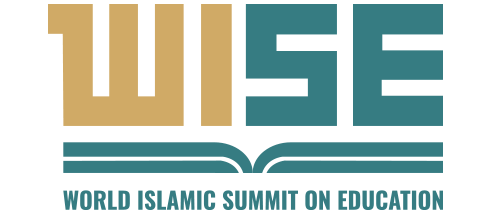Education is one of the most fundamental aspects of human society that has evolved over centuries in diverse and intricate ways across the globe. As teachers and educators, having a broad historical understanding of how education systems and philosophies have developed and spread over time can provide us with valuable insights into the challenges and opportunities we face today in education.
The new book ‘Education in World History’ by Mark S. Johnson and Peter N. Stearns (2023) provides a comprehensive yet concise overview of how education has transformed across cultures and regions over time. Beginning from the earliest forms of knowledge transmission in prehistoric societies, the book explores how education became increasingly formalized and linked to religious and political institutions with the rise of ancient civilizations. It examines how access to education widened from small elite groups to mass populations, the influences of imperialism and international organizations in spreading educational models, and the current convergence of education systems worldwide.
For teachers, such a historic perspective on education offers many benefits. We can gain an appreciation for how hard-fought the struggles were for so many groups to gain access to education, and how political and social barriers were gradually overcome. We can understand the cultural values and aims that shaped education in different societies, from the prominent role of religion to the purposes of vocational or moral training. We see how philosophies of education and teaching methods evolved to suit the needs and aspirations of the times.
Knowing this global historical context helps illuminate many of the issues we grapple with today in education, from debates over the purpose of education to finding the right balance between traditional and innovative curricula. It highlights the shared challenges of preparing students for an uncertain future while recognizing cultural differences in how these challenges are conceptualized globally. For new teachers in particular, a broad historical view of education can be inspiring and motivating, showing how much progress has been made and how we can contribute to further progress.
In short, ‘Education in World History’ seems poised to be an invaluable resource for enriching teachers’ understanding of the historical forces that have shaped education as we know it. By exploring education’s role in transmitting and transforming culture, it offers insights to guide us in educating the next generation. The book provides a compelling big-picture perspective on education that will resonate with educators everywhere.
Beginning from earliest human societies, Johnson and Stearns trace how education became increasingly formalized with the rise of agriculture, religion, and political institutions. They explore how access to education widened over time, from the elite to the masses, and how imperialism, global trade, and international organizations spread particular models of education globally. At the same time, education was always shaped by cultural values and served the ever-changing needs of societies.
The earliest forms of education involved the oral transmission of knowledge, skills, and cultural beliefs in small kinship-based communities. With the rise of large civilizations in the ancient world, education became closely linked to religious and government institutions. The spread of major world religions including Hinduism, Buddhism, Confucianism, and Islam drove the development of formal education systems and new philosophies of education.
In Europe, the rise of Christianity and the influence of Greek philosophy shaped early education. The Muslim world developed a robust educational system that integrated classical Greek and Islamic knowledge. Education in South and East Asia was tied to Hindu, Buddhist, and Confucian traditions. Imperial China had a highly developed education system to train government officials in Confucian thought.
The early modern period from the 15th to 18th centuries saw immense social, political and intellectual changes in Europe that transformed education. The Protestant Reformation and Enlightenment introduced new ideas that promoted mass education and individual freedoms. European colonialism exported Western models of education globally, even as non-Western traditions were reformed and reinvigorated. In the 19th century, public education systems emerged and struggles for women’s and marginalized groups’ education intensified.
The 20th century saw efforts to provide universal education worldwide, influenced by socialism, nationalism, and liberalism. New pedagogies like progressivism promoted child-centered learning. After decolonization, newly independent nations adapted education to national identities while expanding access. International organizations promoted shared models of education and development. By the century’s end, a global model of classroom-based, subject-focused schooling had emerged, though huge inequities persist.
Education today faces the challenges of reconciling globally-shared models with diverse cultural traditions, and realizing the promise of equitable access to high-quality education for all. Overall, Johnson and Stearns provide a compelling overview of how education has spread, adapted, and transformed throughout human history to meet the ever-changing needs of societies worldwide. For educators, this historical perspective offers inspiration and guidance for educating future generations.

